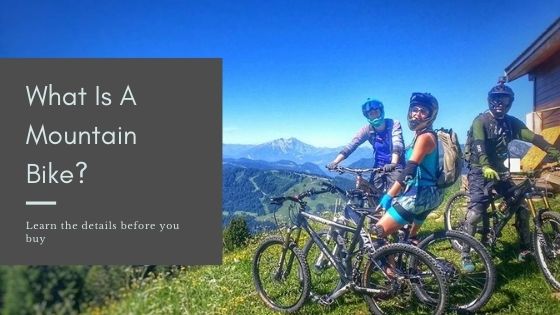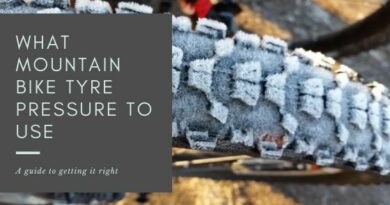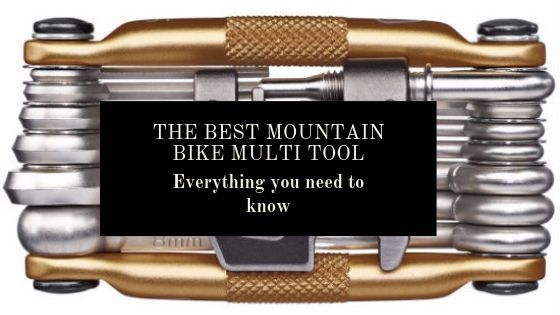What Is A Mountain Bike?
What Is A Mountain Bike?
For many, the answer to the question of What Is A Mountain Bike? is pretty simple. However, there is more to know about mountain bikes than you might first think. There are many different categories of mountain bike designed for slightly different jobs. There are also bikes that blur the lines between the categories. In this post, I am going to go through everything, so you know the full answer to “What Is A Mountain Bike?”
Mountain Bike Basics
In a nutshell, a mountain bike is a bike that can take the rider over rough terrain, off-road. It can do this due to the tyres it is fitted with, its geometry, gearing and in some cases, suspension.
The way these elements are configured determines how a bike will behave and perform when riding it off-road. This is why we have different types of bikes. But, before deciding what bike you should buy, you need to think about how much suspension you need.
Mountain Bikes Without Suspension
The most basic of any bike is fully rigid. This means that they have no suspension at all. These bikes are best used for riding on paved roads, as any shock from bumps in the terrain will be directly transferred to the rider. Riding on bumpy terrain on a bike with no suspension is very uncomfortable and tiring.
However, there is an exception in the form of fat bikes. Fat bikes are often fully rigid (there are versions with suspension), the bumps are soaked up by the bike’s big fat tyres. These tyres also provide lots of grip on soft surfaces, such as snow, sand and soft mud. Learn more about fat bikes here.
Mountain Bikes With Suspension
There are two categories of mountain bike with suspension. The first is a hardtail, which only has suspension on the front wheel. This comes in the form of a suspension fork, that soaks up bumps in the terrain before they shock is transferred into the rider’s upper body. To learn more about hardtails, check out my guide.
You can also get full suspension mountain bikes. These are fitted with a suspension fork, but they also have a shock absorber connected to the rear wheel. The addition of the rear shock makes the ride much more comfortable, but it also gives you much more traction and stability on extremely rough terrain.
Hardtails and full suspension mountain bikes have their own advantages and disadvantages. Check out my post, Hardtail Vs Full suspension to help you decide which is best for you.
Cross Country Bikes
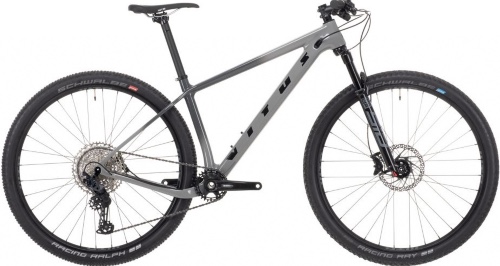
Cross country mountain bikes are made for riding long distances and for racing. These bikes are super lightweight and very efficient to pedal. You can buy hardtail and full suspension cross country bikes. Which type you buy will depend on the terrain you ride and your budget.
Trail Bikes

Trail bikes are the most common types of mountain bike. They meet the sweet spot between pedal efficiency and capability on challenging terrain. Trail bikes are either hardtail or full suspension, and there is usually something to suit your local trails and pretty much any budget. Trail bikes have relatively short suspension travel. This makes them lightweight, playful and agile. Trail bikes are suitable for most mountain bikers as they are deemed to be allrounders.
Enduro Bikes
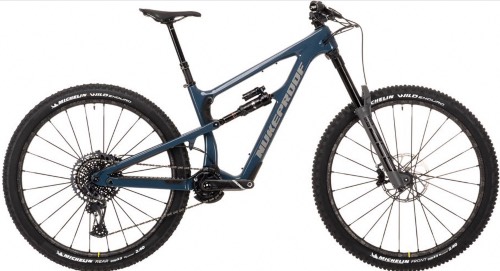
Enduro bikes have lots of suspension travel and are built to take on very rough terrain. These bikes are used for big alpine climbs and to get back down the mountain as fast as possible. Mountain bikers often struggle to decide between buying a trail bike or an enduro bike. In my post, Enduro Bike vs Trail Bike, I go into the details to help you decide which one is best for you. My Nukeproof Mega is an enduro bike, and it is perfect for riding in the French Alps, where I live. However, if I were to ride in a trail centre in the UK, it would be overkill. A trail bike would be much more fun and easier to ride.
Downhill Bikes

Downhill bikes are designed to go down a mountain as quickly possible. They have lots of suspension travel so they can take hits from big jumps and very technical terrain. They are usually pretty heavy, and their gearing is suited to accelerating downhill. You won’t find many downhillers pedalling very far.
Gravel/Adventure Bikes
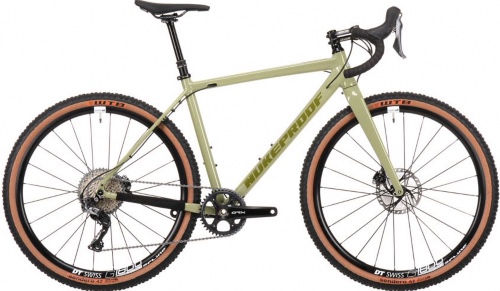
Gravel bikes (also known as adventure bikes) look a lot like road bikes. This is because they have similar looking handlebars and sunny frames. However, when you look at them closer, you will start to notice their off-road credentials.
With their chunkier tyres, wider handlebars and off-road friendly geometry, gravel bikes are pretty capable.
These bikes are often used for commuting, but they are excellent for long rides on a multitude of terrain. Gravel bikes are very efficient to pedal and comfortable to ride, making them ideal for bikepacking.
Mountain Bike Wheel Sizes
When you are looking at mountain bike to buy, you will notice that they come with different wheel sizes. Here is what you need to know about each one.
26" Wheels
Manufacturers are phasing out 26″ wheels in favour of larger wheel sizes. This is a shame, as they make a bike very agile and playful to ride. However, bikes with 26″ wheels are not as fast as a bike with larger wheels. This is the reason why they are becoming scarce. However, if you want a bike for hitting dirt jumps, there is a good chance it will have 26″ wheels. This is because manufacturers can make them incredibly strong, which is necessary for hard landings.
If you are looking to buy a used mountain bike with 26″ wheels, it will be much cheaper. However, you need to consider that good tyres for them are becoming hard to find.
27.5" Wheels
For many riders, including me, 27.5″ wheels hit the sweet spot. They give a bike agile handling, but they ride over rocks and roots better than 26ers. This makes them faster in a straight line while retaining a playful riding experience.
27.5″ wheels could be the best choice for you if you are not particularly tall too.
29" Wheels
29″ wheels are the largest mountain bike wheel size. They make pedalling more efficient once you are up to speed and roll over rough terrain much easier than smaller wheels; This is why 29ers are used by downhill, enduro and cross-country racers.
You do experience some drawbacks with 29″ wheels though. A bike with 29″ wheels is not as agile in the corners, and requires a wider line. Shorter riders can struggle with the characteristics 29″ wheels bring to a bike.
If you are used to smaller wheels, you will have to alter your riding style to suit. When riding a 29er, I find that I buzz the back of my shorts on drops and jumps. This is something you will learn to avoid pretty quickly.
Bikes with 29″ wheels win races, but 27.5″ riders will have a bigger grin on their faces.
What Is A Mountain Bike? - Answered
There is probably more to mountain bikes than you first thought. But, it isn’t that complicated. Before buying a mountain bike you need to look at the type of terrain you are going to be riding, and find the best bike for it within your budget.

